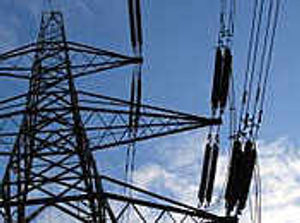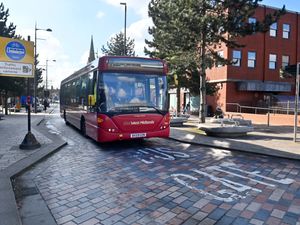Masts pose power riddle
In the article "Unplugging an age of wireless power", the writer points out that this is not an entirely new idea.


Not many years ago, it was demonstrated that a normal fluorescent tube, hand-held beneath power cables, would emit a glow.
In a now defunct wireless publication, details were given concerning an electronics engineer living in close proximity to a powerful transmitting station (I think it was Rugby) who devised a system of "freeloading" part of his domestic requirements until he was discovered by engineers investigating a power loss at the transmitter.
It will be interesting to learn of any future developments in this field but I wonder how it will be received by those already concerned about mobile telephone masts and overhead power lines etc.
The mention of a "non-radiative field" seems to suggest that the transmission needs to be aimed at the light bulb or other appliance, and in this case there would need to be considerable further research to overcome the obvious difficulties.
One further point – mains power transformers do not rely upon the close-coupling of primary and secondary coil due to the low frequency of the mains supply which is 50 Hertz in Eurospeak or 50 cycles-per-second in plain English.
Both primary and secondary windings surround a core of ferrous metal laminations. Solid metal would not work, as it would retain magnetism. The fluctuation of the magnetism induced in the laminations is reflected in the secondary coil and provides the link.
Jeffrey Pocock, Woodfield Avenue, Penn.





